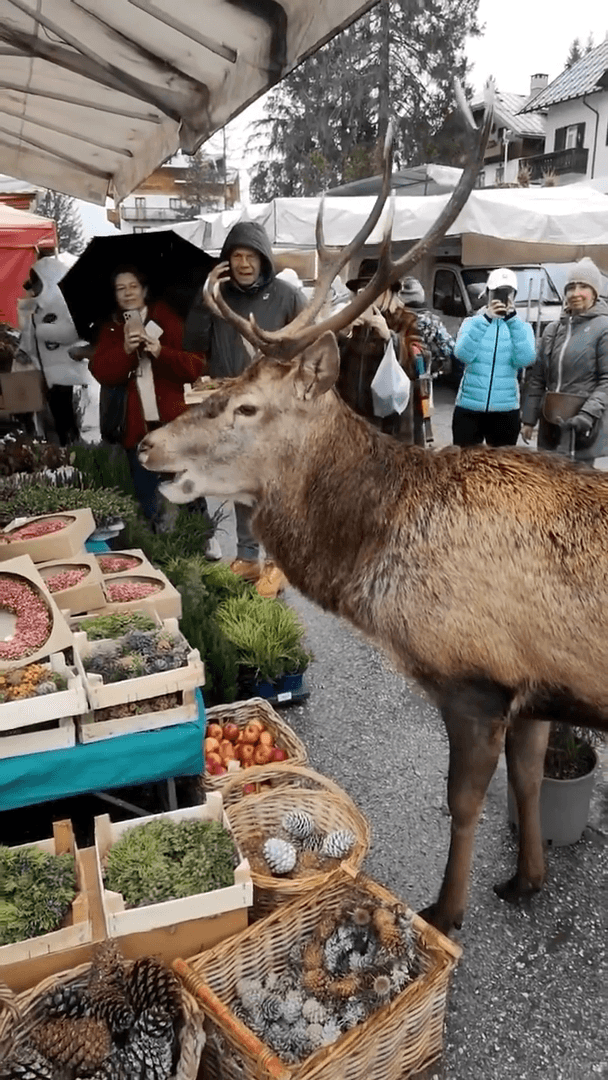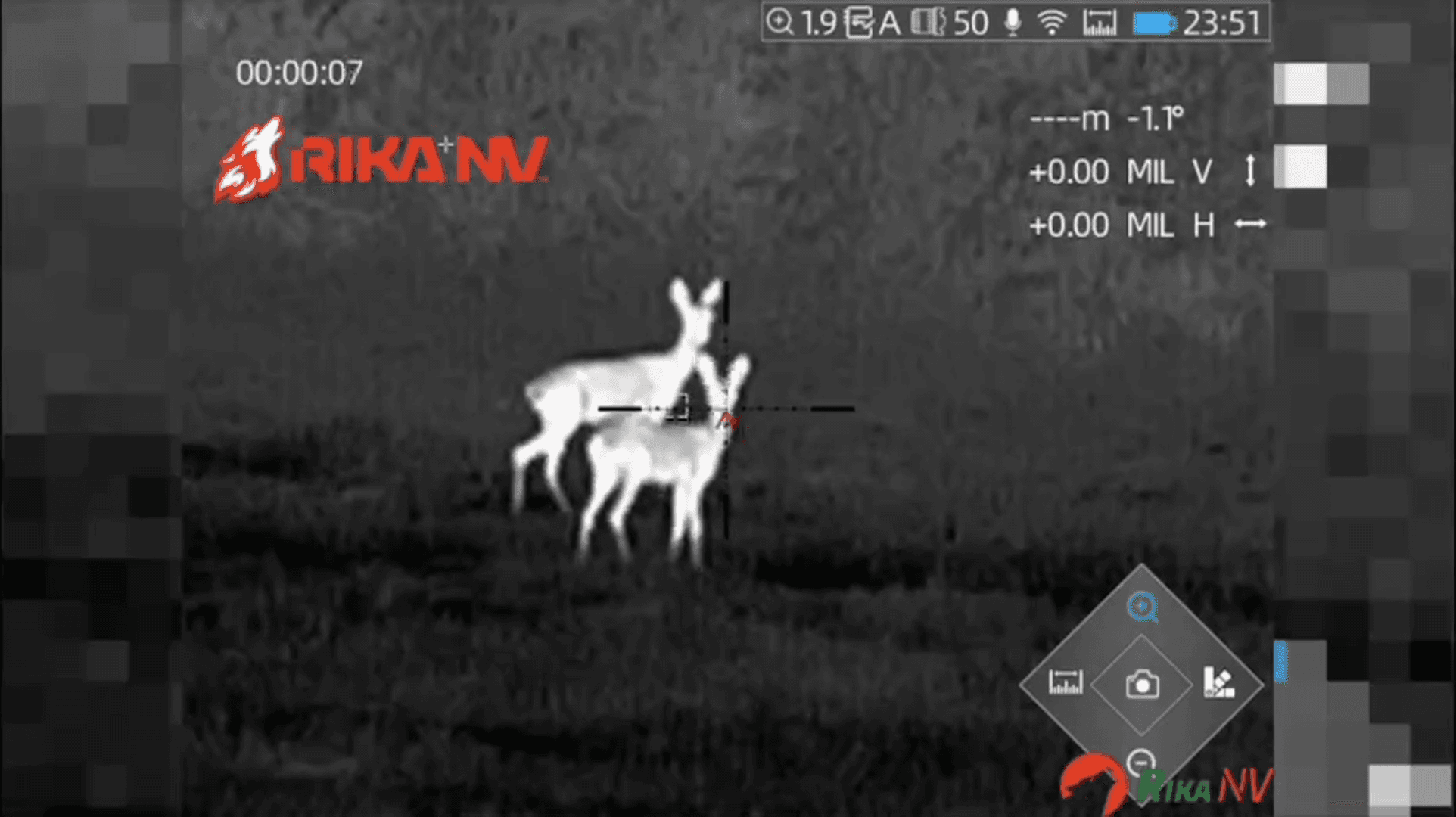
Hunting in Private Estates, Special Territories: hunters and demographics of the region, types of hunting and hunting animals, hunting legislation Geographical and natural features of the region Scottish Deer Forests: Atholl Estate Scottish Deer Forests, such as the famous Atholl Estate, are located in the picturesque highlands of Scotland. These territories are characterized by extensive moorlands, dense forests and rocky landscapes. The climate here is temperate, but changeable: frequent rains and fogs create additional challenges for hunters. The main hunting object in Deer Forests is the red deer, which is the largest mammal in the UK. These animals are perfectly adapted to the harsh conditions of the highlands, which makes hunting them especially exciting. Yorkshire Grouse Moors: Bolton Abbey Yorkshire Grouse Moors, such as Bolton Abbey, are vast moorlands that are ideal for the habitat of the red grouse. These territories are characterized by hilly terrain, rich veg
Post: 30 May 12:45















































